CarEdge saved me over 4,500 dollars on a brand new Honda Pilot. I can't say thank you enough.
Price intelligence
Find a wide range of vehicle listings with market insights on new and used listings near you.


Help us personalize your CarEdge experience — it only takes a second.
Your answers help us personalize your CarEdge journey — we’ll follow up with tips and next steps that match your buying timeline.

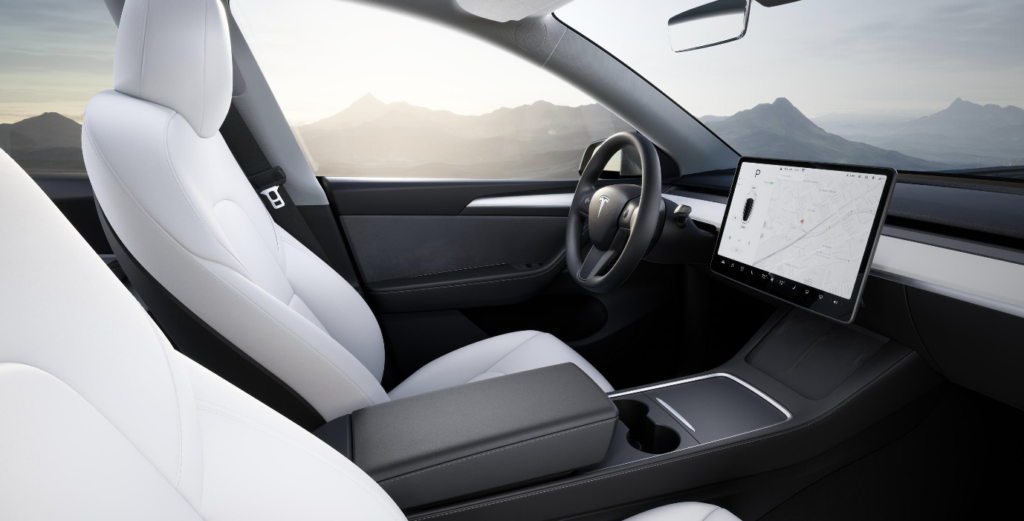
One third of American drivers are seriously considering going electric as generous tax credits, fuel savings and reduced emissions lure the masses towards EVs. My own household made the switch in early 2022, and we’re never going back to ICE. In hopes of adding clarity to the current EV market, we’ve created this resource to share what we think are the BEST electric cars, trucks and SUVs in 2023. We’ve also shared what we think are the worst.
These models are stand-outs for their value. Range, charging speed and available features are given priority over performance in our analysis.
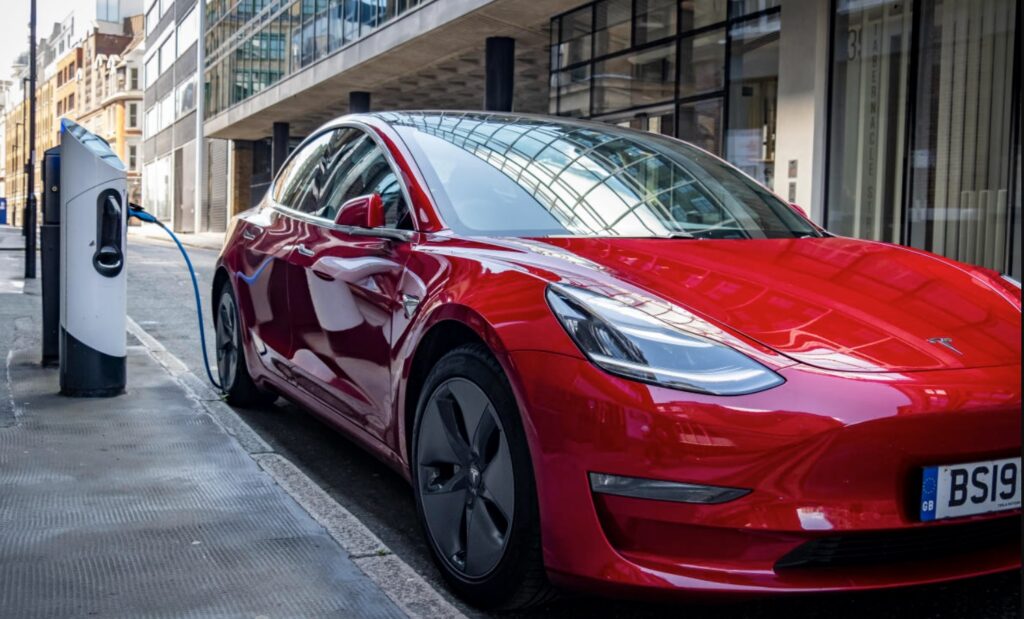
Price: $41,990
Range: 272 miles
Fast charging (adding 200 miles in 20-30 minutes)
Why it’s great: The Tesla Supercharger network makes cross country travel hassle-free. Tesla charges are very reliable, and with 1,500 locations in all 50 states, finding one is rarely an issue.
Plus, the price you see on Tesla’s online configurator is the price you pay (before taxes and required fees, of course). While legacy automakers continue to struggle with out-of-control dealer markups, Tesla and other direct-to-consumer EV makers have the upperhand on pricing.
See pre-owned Tesla inventory near you, or configure a new Tesla at Tesla.com
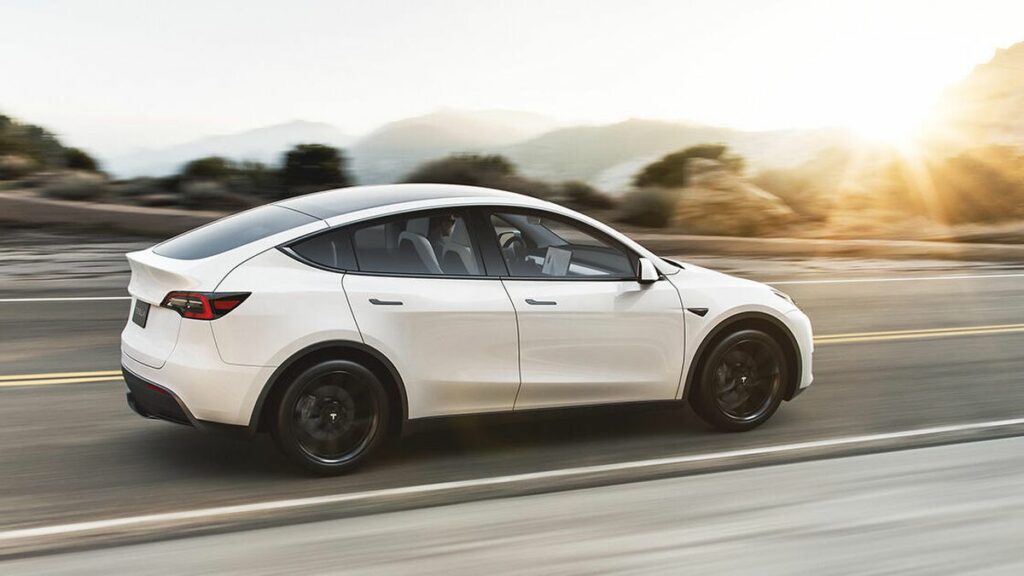
Price: $52,990+
Range: 330 miles
Fast charging (adding 200 miles in 20-30 minutes)
Why it’s great: The Model Y is the larger, more family-oriented version of the Model 3. Last year, the Model Y overtook the 3 as the best-selling EV in America. Although it is the most expensive model on this list, if you can afford it, the ease of public charging, great range, spacious interior and exhilarating performance all make this the sweet spot for many buyers. Plus, there are no dealer markups.
But wait, there’s more. Both the Model Y and Model 3 are available for delivery soon after placing an order. Tesla wait times are between one and three months as of late 2022. That’s about as good as it gets in today’s EV market.
Should you ever decide to sell, both of these Teslas have amazing resale value.
See pre-owned Tesla inventory near you, or configure a new Tesla at Tesla.com
Check out this resource: The Best Electric Vehicles Under $50,000
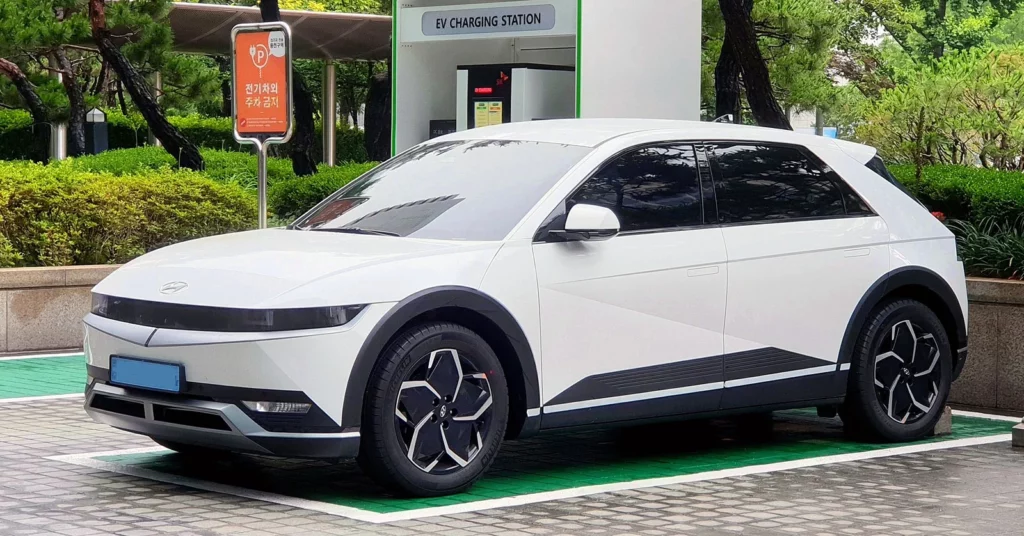
Price: $46,250 (dealer markups are common but negotiable)
Range: 303 miles
Fast charging: Add 200 miles of range in 20 minutes
Why it’s great: The 2023 IONIQ 5, Kia EV6, and Genesis GV60 are the first models powered by Hyundai Motor Group’s Electric Global Modular Platform. This is next-gen 800-Volt architecture at (relatively) affordable prices, and that’s awesome.
Plus, the IONIQ 5 is spacious, and looks really cool. Sadly, Hyundai has had a very difficult time scaling up production due to supply chain constraints, so expect to either wait for at least six months, or battle outrageous dealer markups to get your hands on a rare allocation.
I love my IONIQ 5. Here’s a review of my ownership experience so far.
See Hyundai IONIQ 5 inventory near you.
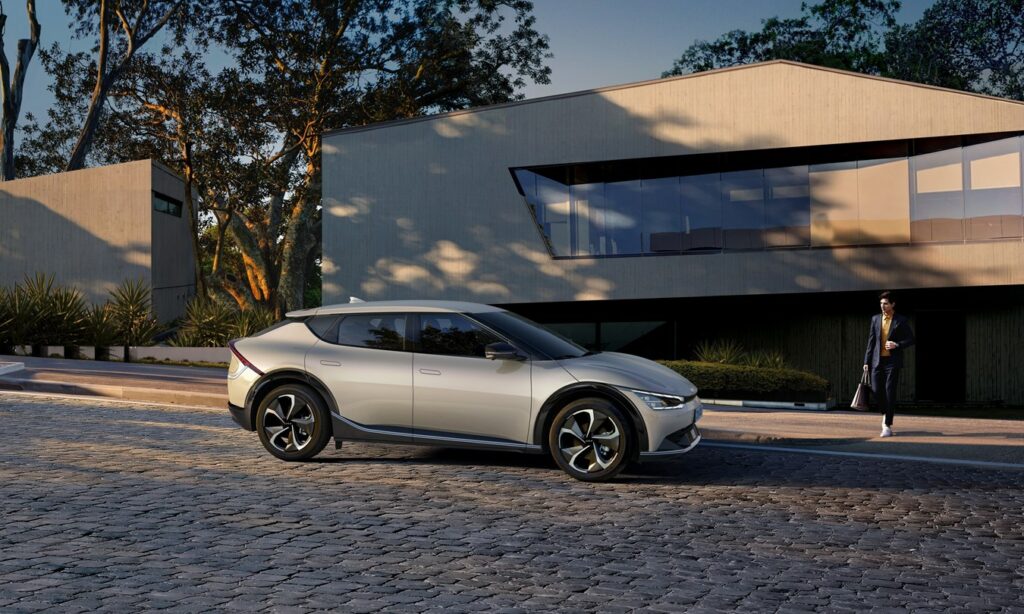
Price: $49,795 (dealer markups are common but negotiable)
Range: 310 miles
Fast charging: Add 200 miles of range in 20 minutes
Why it’s great: Kia’s version of the IONIQ 5 looks completely different, with very similar specs. That’s because both models share the e-GMP platform with great range and even better charging.
The 2023 EV6 has slightly more availability than the IONIQ 5 right now. For the 2023 model year, Kia decided to drop the “Light” base model, kicking the entry-level price all the way up to nearly $50,000.
As always, I recommend everyone take a test drive before dismissing EVs. They’re quiet, efficient and fun. The EV6 would be a great one to take for a spin.
See Kia EV6 inventory near you.
Here’s every electric truck’s pricing and range.
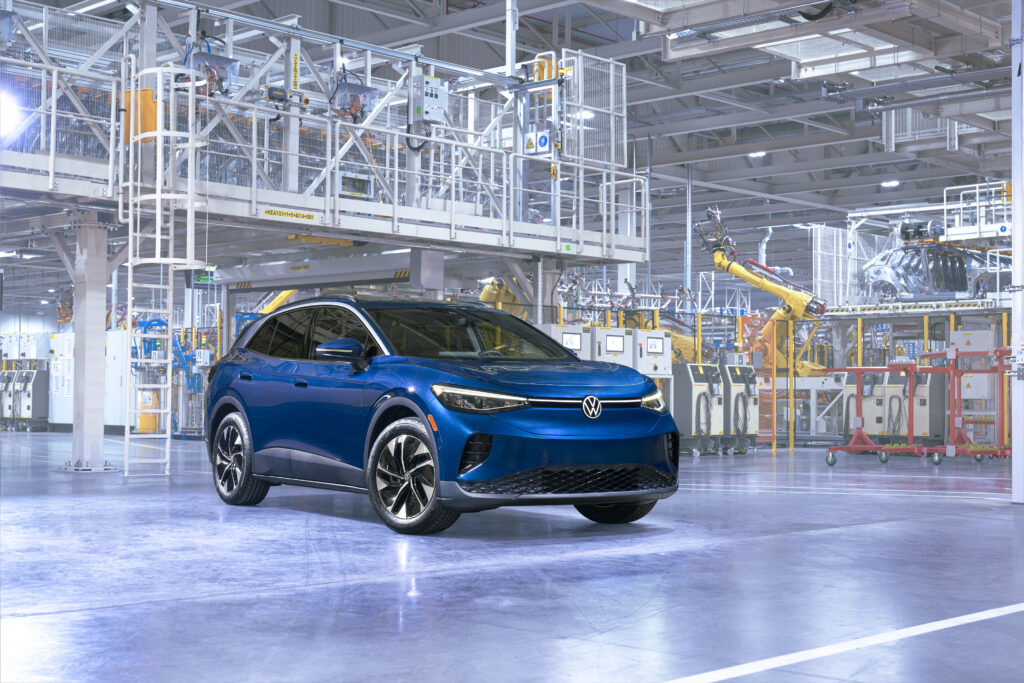
Price: $42,495
Range: 275 miles
Fast charging: Add 190 miles of range in 28 minutes
Why it’s great: The VW ID.4 is now made in America at Volswagen’s Chattanooga, Tennessee factory. That means it will qualify for the revised EV tax credit (up to $7,500), as long as your VIN confirms that it is an American-made ID.4. I was impressed during my test drive of the ID.4. It rides like a luxury crossover, and has plenty of acceleration when you need it. However, it’s definitely the least sporty of this bunch, but it’s also the least expensive.
Now made in America, there is also a new cheaper option starting at $37,495. However, with public charging infrastructure slow to build out, the expected 208 miles of range is not enough for us to confidently recommend it to anyone but those who expect to stick around urban areas 95% of the time. The ID.4 Pro, on the other hand, is exceptional value with the EV tax credit.
See Volkswagen ID.4 inventory near you.
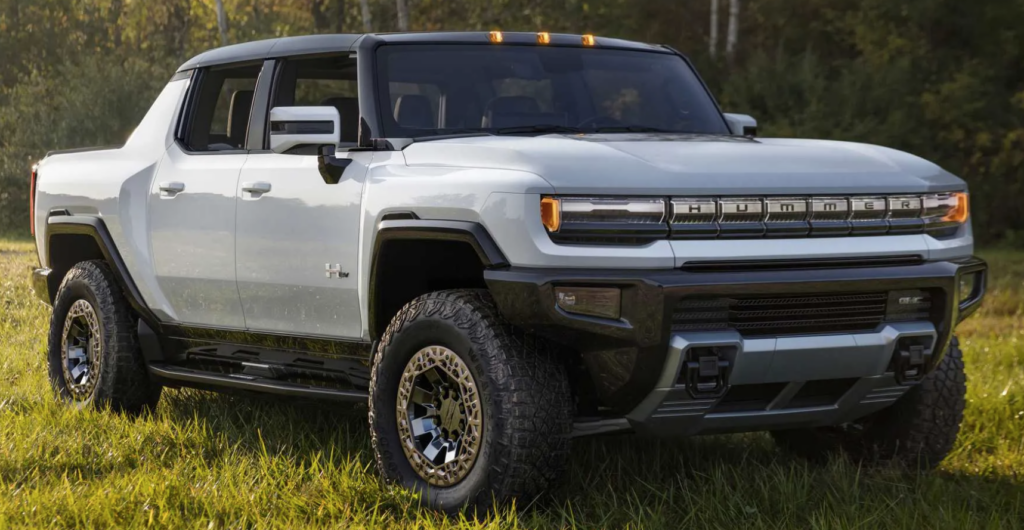
Price: $90,000-120,000 (before markups of up to $100,000)
Range: 329 miles
Why it’s horrible: Where do we start? The Hummer EV costs $100 to charge (because it has a MASSIVE 212 kilowatt-hour battery pack), weighs 9000 pounds (that’s 2x the weight of the typical F-150), and is horrible for the environment. If you’re looking to go green with your EV purchase, this isn’t it. It’s also very expensive, but that’s less surprising these days.
At auction, we’ve seen many Hummer EVs selling for over $200,000. No thanks.
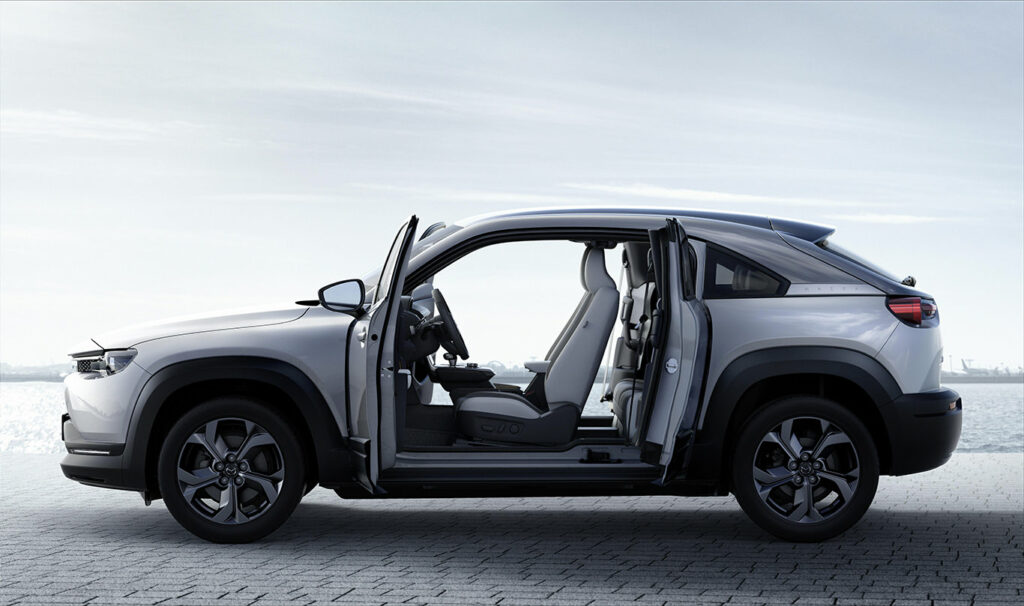
Price: $34,000
Range: 100 miles
Why it’s horrible: If you’re considering the Mazda MX-30, send me an email at [email protected]. I’d like to talk you out of it. I have nothing against Mazda as a brand (they make some awesome cars), but I am very against anyone buying an electric car with just 100 miles of range in 2022. Sure, maybe it’s just for around town. Have you thought about resale value? With barely 100 miles on a charge and slow charge times of around one hour, I’m afraid Mazda’s first EV won’t be worth its scrap metal value in a decade.
Other options to consider at this price point? The Nissan LEAF, base Volkswagen ID.4, Chevrolet Bolt, and soon-to-come Chevrolet Equinox EV are all far more capable for under $40,000.
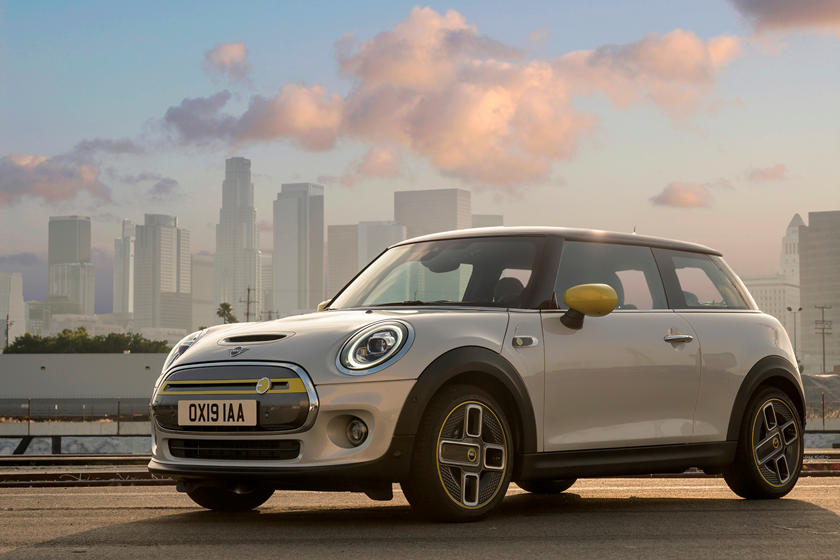
Price: $34,000
Range: 110 miles
Why it’s horrible: I sure hope CarEdge’s own Ray Shefska forgives me for bashing the electric MINI, but with 110 miles of range and slow charging, I don’t see a single reason why anyone should consider this EV. It’s one of the last ‘compliance cars’ in the EV market.
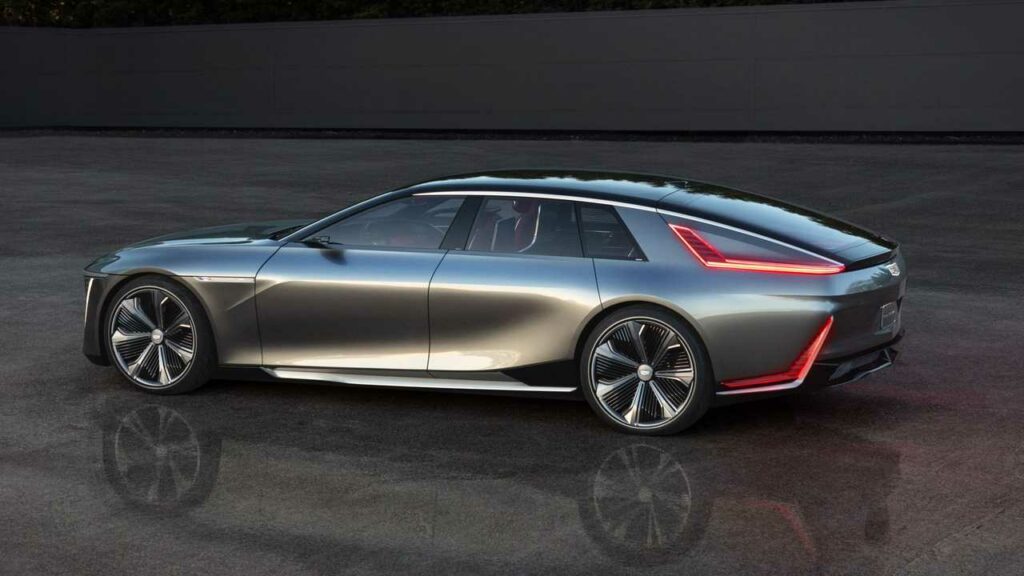
Price: $300,000+ (yes, count those zeroes)
Range: 300+ miles
Why it’s horrible: Would you pay Rolls Royce money for a Cadillacl? GM seems to think you would. I’m all for going all-out on EV design and innovation, but when Cadillacs cost more than houses, I can’t help but shutter. But hey, it will be hand-built.

Heading into 2023, larger families in the market for an electric SUV are left with few options. Unless you’re prepared to spend over $90,000 for a Tesla Model X or Rivian R1S, your best shot has been to stick to conventional hybrids or PHEVs. That’s all going to change with the arrival of the Kia EV9 and Hyundai IONIQ 7 in 2024. These two are set to become the first 3-row electric SUVs with affordable pricing. Here’s everything we know about the IONIQ 7 and Kia EV9’s release date, pricing and specs.
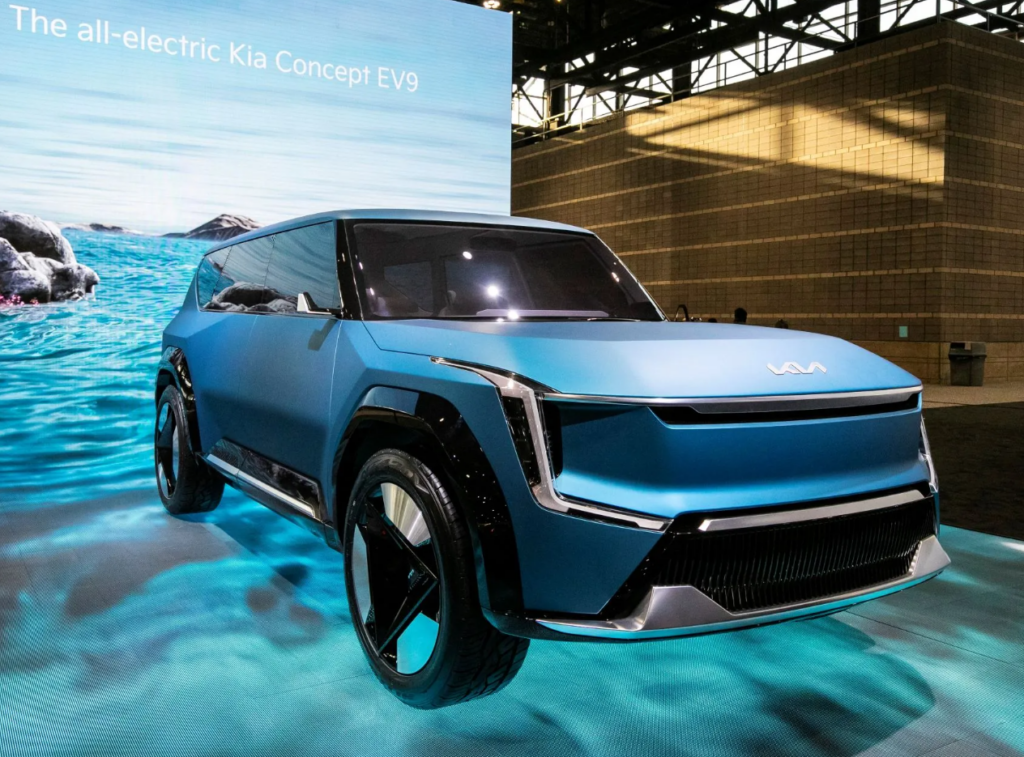
Revealed at the 2021 Los Angeles Auto Show as a concept, the EV9 builds upon the success of Kia’s electric flagship, the hot-selling EV6 electric crossover. Precisely how much of the EV9 concept will make it into the production-ready EV9 remains unknown, so we’ll proceed with a healthy dose of skepticism.
The Kia EV9 concept EV9 features a third row of seating, something that only three mainstream electric cars offer for the 2023 model year. That would be the Tesla Model X ($120,990+), the brand-new Rivian R1S ($78,000+) and the Vinfast VF-9, which is not yet in production, but will start at $57,500 or $76,000 with the battery. Yes, you read that right. The VF9 will require an additional $18,000 to buy the battery, or you can pay a monthly battery fee instead. More on that here. Let’s see how the Korean offerings will compare.
We expect the EV9 to launch with a starting price in the low to mid-$50,000 range. Why not cheaper? Raw material costs are increasing, making every EV more expensive to produce. Need proof? Check out lithium prices on commodity markets.
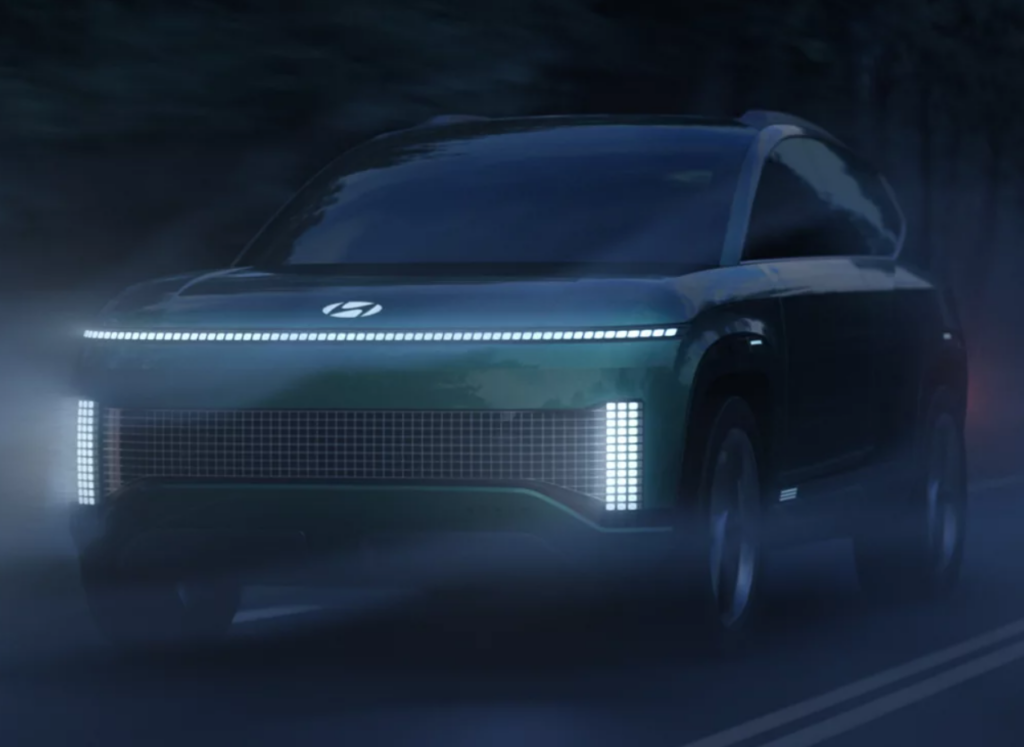
Automakers are looking for ways to sell higher-margin electric vehicles to fund their transition to EVs. One way they do that is to subsidize their headline-grabbing base model with affordable pricing with better equipped and much pricier mid and upper trim configurations. We expect this to be the only way that GM can offer a sub-$40,000 Chevy Equinox EV (more on the Equinox EV here). Kia and Hyundai are very likely to do the same. Expect the EV9 and IONIQ 7’s pricing to stretch from the low $50,000s all the way towards $70,000. Of course, the automakers are betting that you’ll want to upgrade to the more expensive options.
We track EV price updates. Here’s the latest.
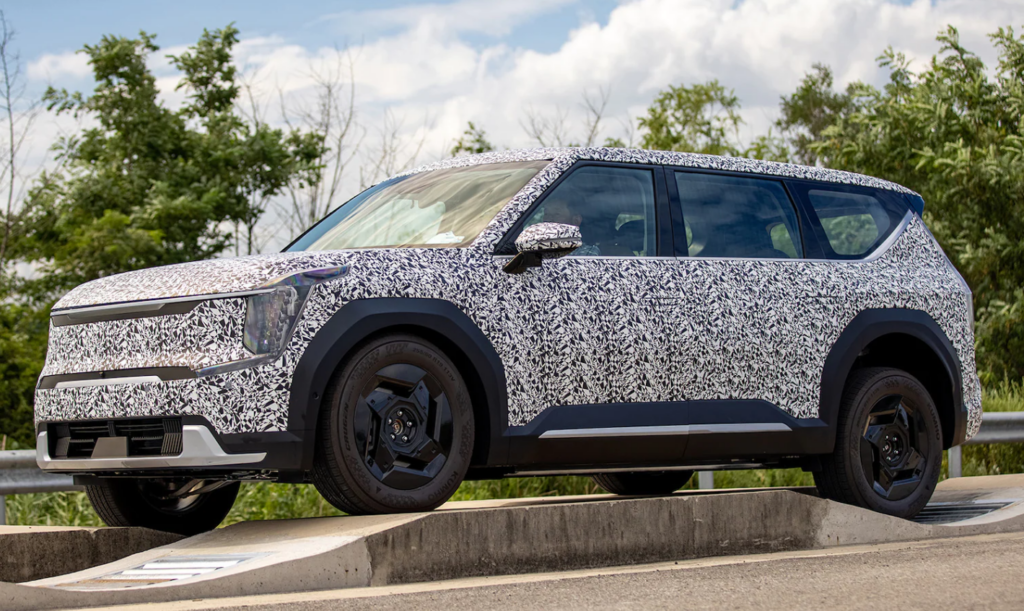
Multiple EV9s have been spotted doing road testing, and all signs point towards a production-ready unveiling in early to mid 2023. Although we haven’t seen any IONIQ 7s testing as of late 2022, we still expect the two to debut together, much like the Hyundai IONIQ 5 and Kia EV6 did in late 2021.
Finance with CarEdge! We work with trusted credit unions offering low rates and great customer service. Learn more and get pre-approved!
The Hyundai IONIQ 7 and Kia EV9 will launch in late 2023 as 2024 models. Of course, that’s unless the worsening semiconductor chip shortage and broader supply chain constraints delay the release date of the model. By then, the Vinfast VF9 will have arrived too. Although Vinfast doesn’t have the brand-recognition and dealer network of Hyundai and Kia, early media reviews are largely positive. You can learn more about Vinfast’s unique battery subscription model here.
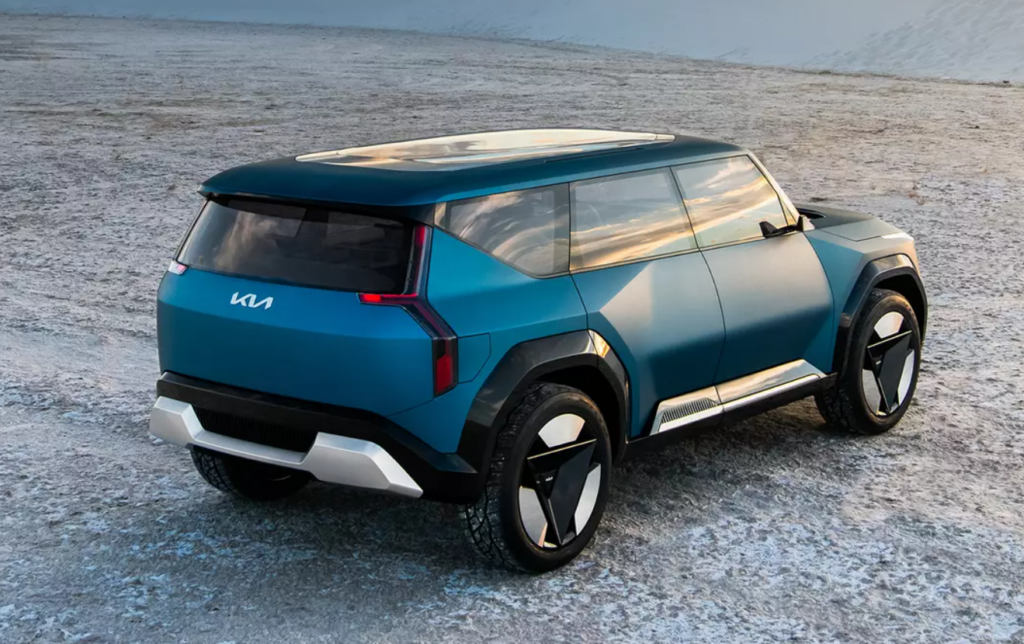
The Kia EV9 concept that was unveiled in 2021 was a bit over-the-top. It featured a solar panel on the front hood, a 27-inch infotainment and gauge display, and a pop-up steering wheel that is unlikely to survive the transition to production. The IONIQ 7 debuted as a literal living room on wheels. Fantasies aside, what will make it into production? Expected range, charging and pricing are enough to get us excited.
Kia and Hyundai claim that these two electric SUVs will get 300 miles of range on a charge. Before you demand more miles, remember that SUVs (and trucks) are by design inefficient. That means more batteries are needed to squeeze the same range when compared to a smaller crossover or sedan. Don’t expect 400 mile+ 3-row electric SUVs to become commonplace, let alone affordable, this decade.
The EV9 and IONIQ 7 will share the Electric Global Modular Platform (e-GMP) that Hyundai Motor Group engineered. There’s great info on this powertrain here. My own 2022 Hyundai IONIQ 5 has this same powertrain, and I love it. Range estimates are accurate, I’ve had minimal range loss after 15,000 miles, and charging is amazingly quick.
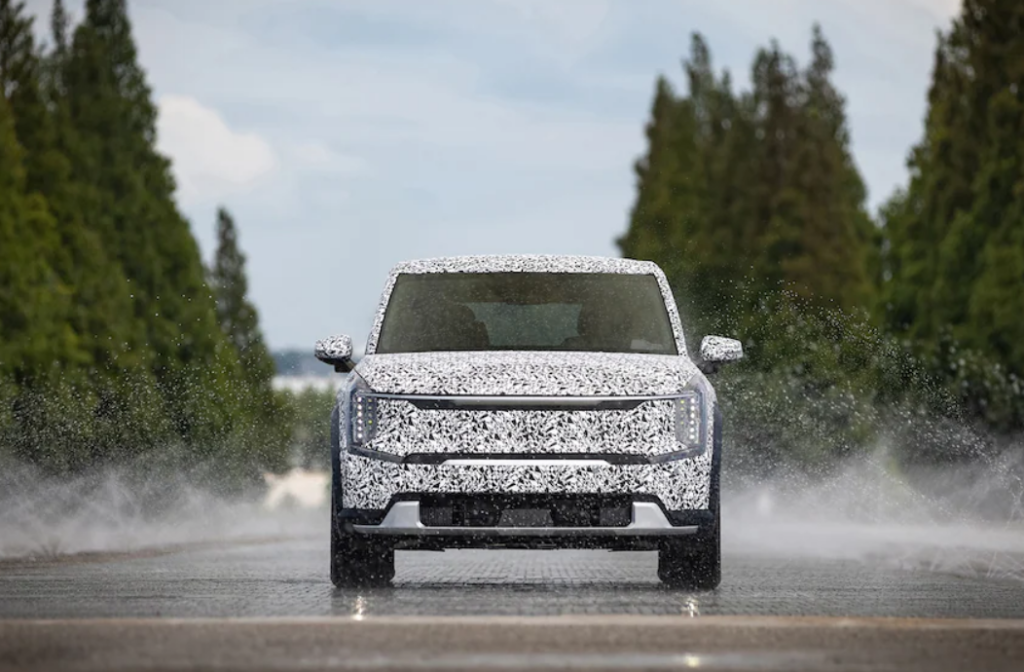
Kia says that the EV9 will be able to charge on 350-kilowatt DC fast charging stations, such as those found at Electrify America. We already know a lot about the e-GMP powertrain’s charging capabilities. With 350 kW charging, the EV9 will be able to add 200 miles of range in under 30 minutes. In all likelihood, the IONIQ 7 will match these specs.
Currently, Hyundai sources batteries from SK Innovation. In late 2021, SK Innovation announced plans for two battery plants at a single site in Commerce, Georgia. That’s just down the road from where their largest customer, Hyundai Motor Group, is building a massive EV production facility. We expect SK Innovation to supply American-made batteries for the IONIQ 7 and EV9.
That leads us to our final topic: EV tax credits in the US.
Will the Kia EV9 and Hyundai IONIQ 7 Qualify for EV Tax Credits? Yes, but it’s possible that the two models won’t be eligible until late 2024 or 2025. Why? Both Kia and Hyundai have publicly shared their intentions of speeding up construction at their new EV production facilities in Georgia. Even with the quicker timeline, executives say that they hope to begin volume production in the third quarter of 2024.
In order for any electric vehicle to qualify for the revised EV tax credit, the vehicle and buyer must meet several criteria. The most notable are the following:
See FULL DETAILS on the new EV tax credit.
Truthfully, Hyundai and Kia have not yet released much information about their two new 3-row electric vehicles. When the two OEMS unveil the production versions of the EV9 and IONIQ 7 in early 2023, we’ll update this page with interior images, additional specs, and all that we learn.
In the meantime, check out the fastest-growing EV forum on the internet. It’s free, and full of thousands of drivers at all levels of EV interest.